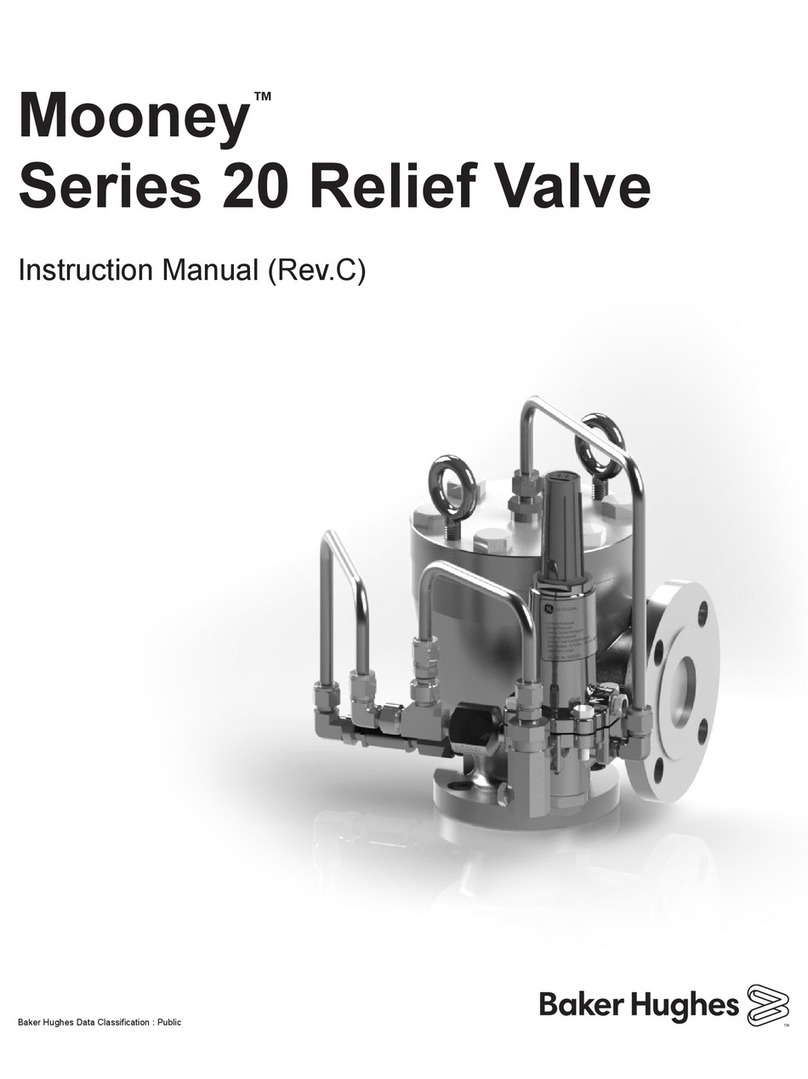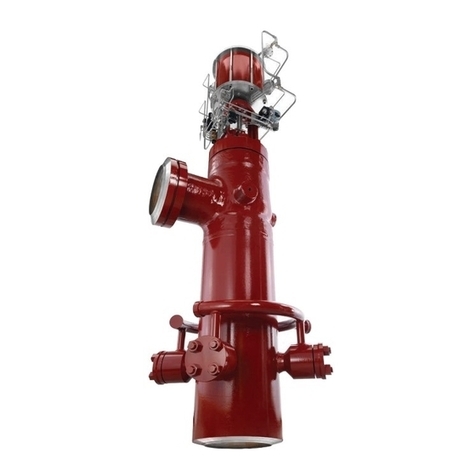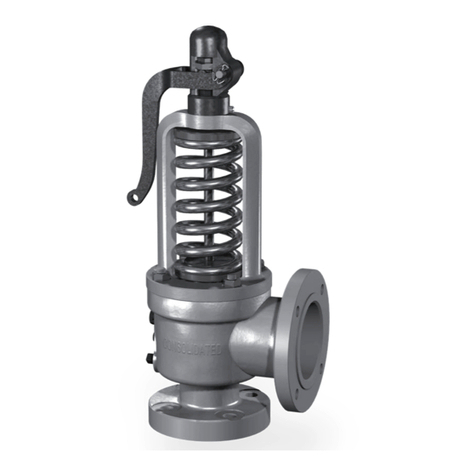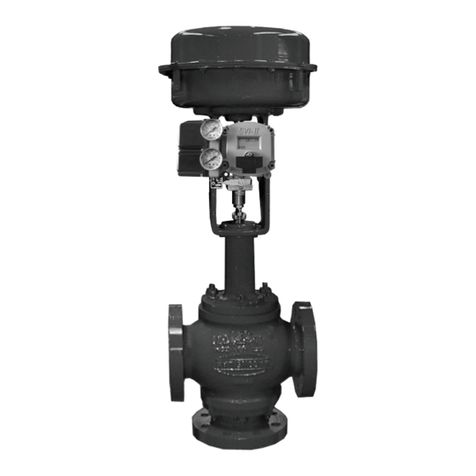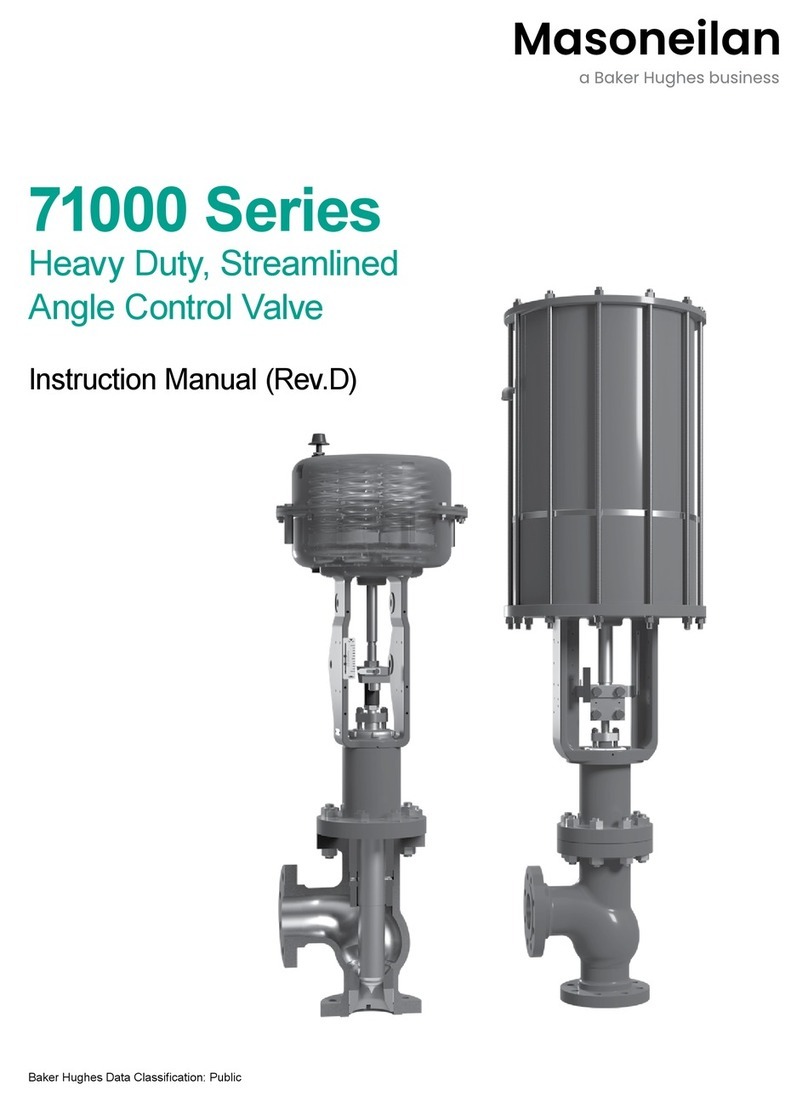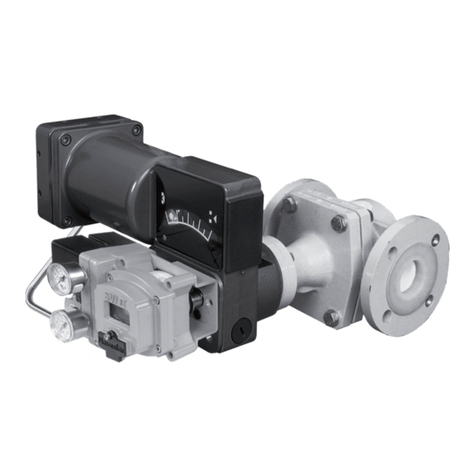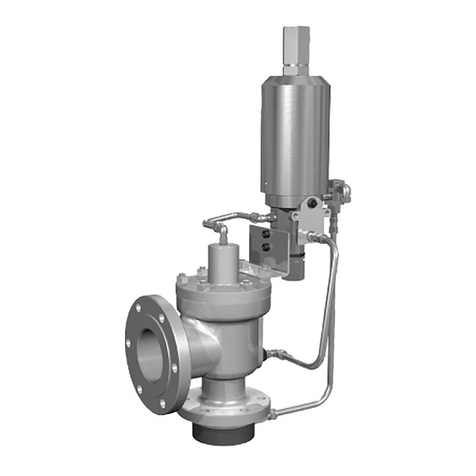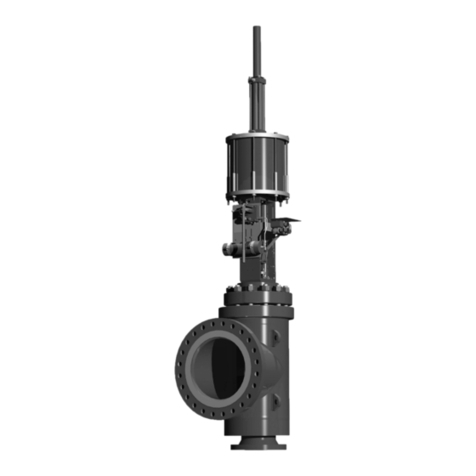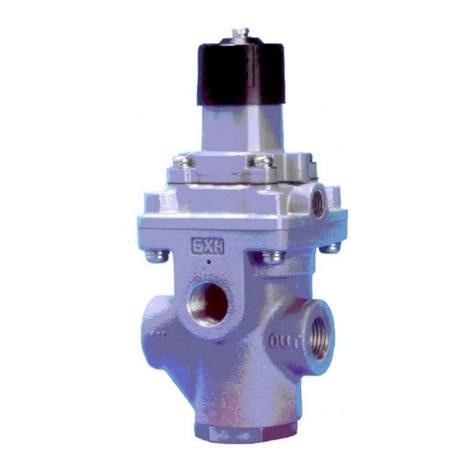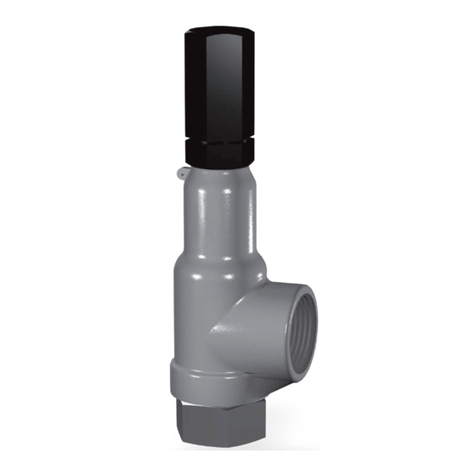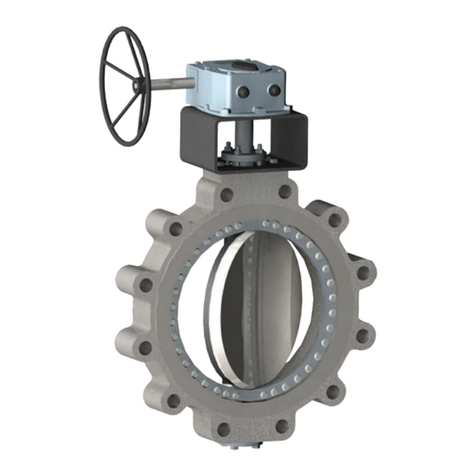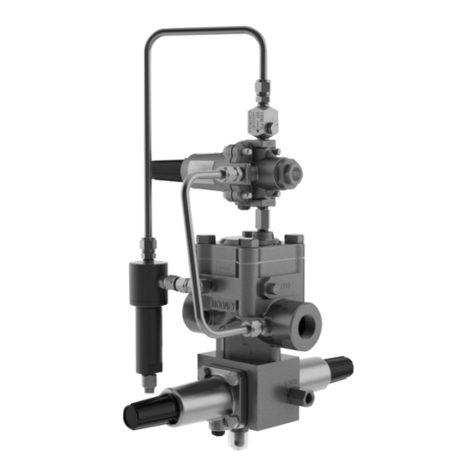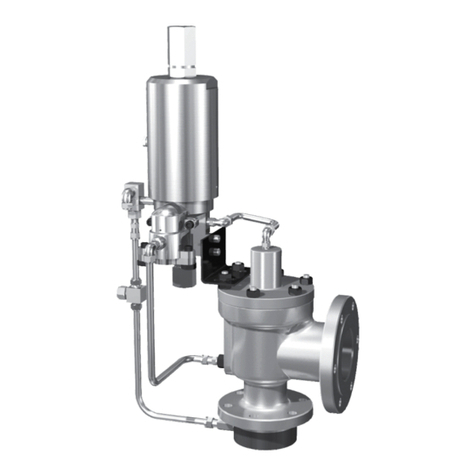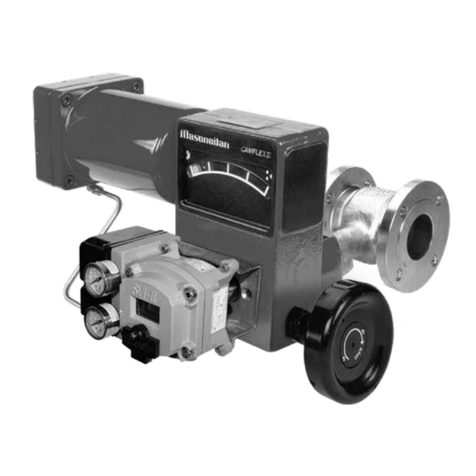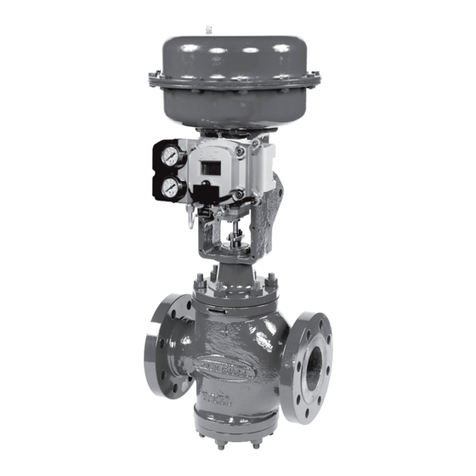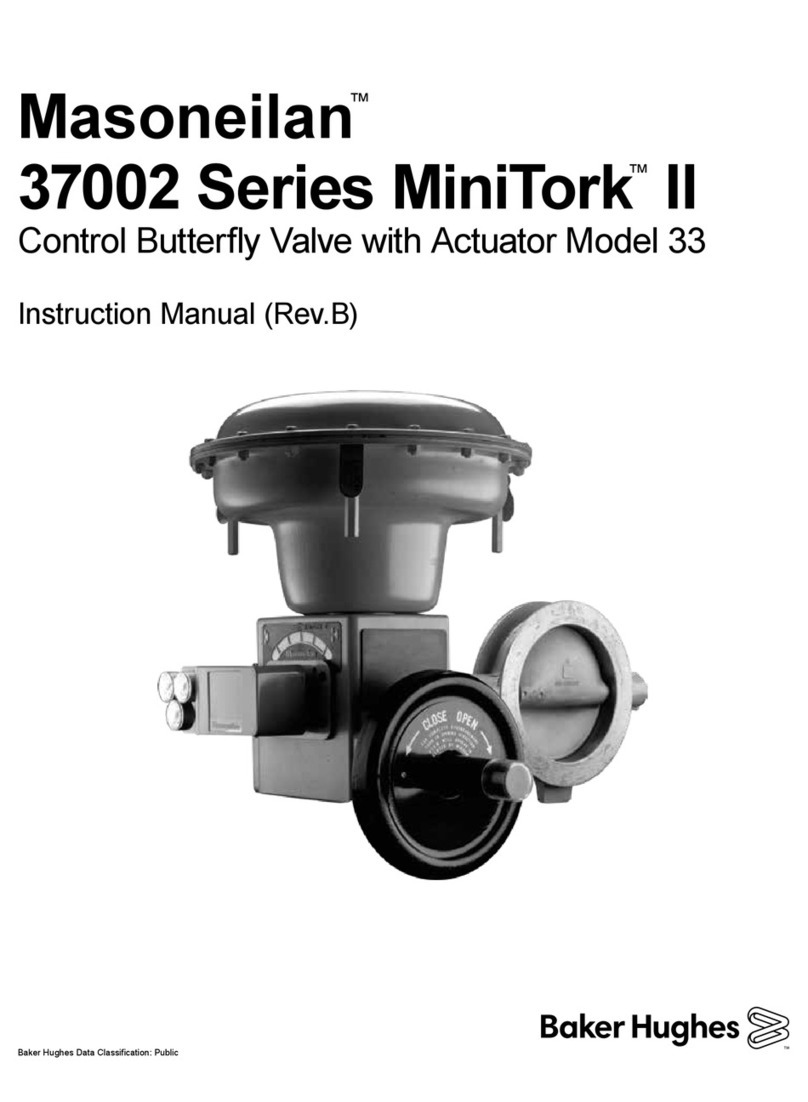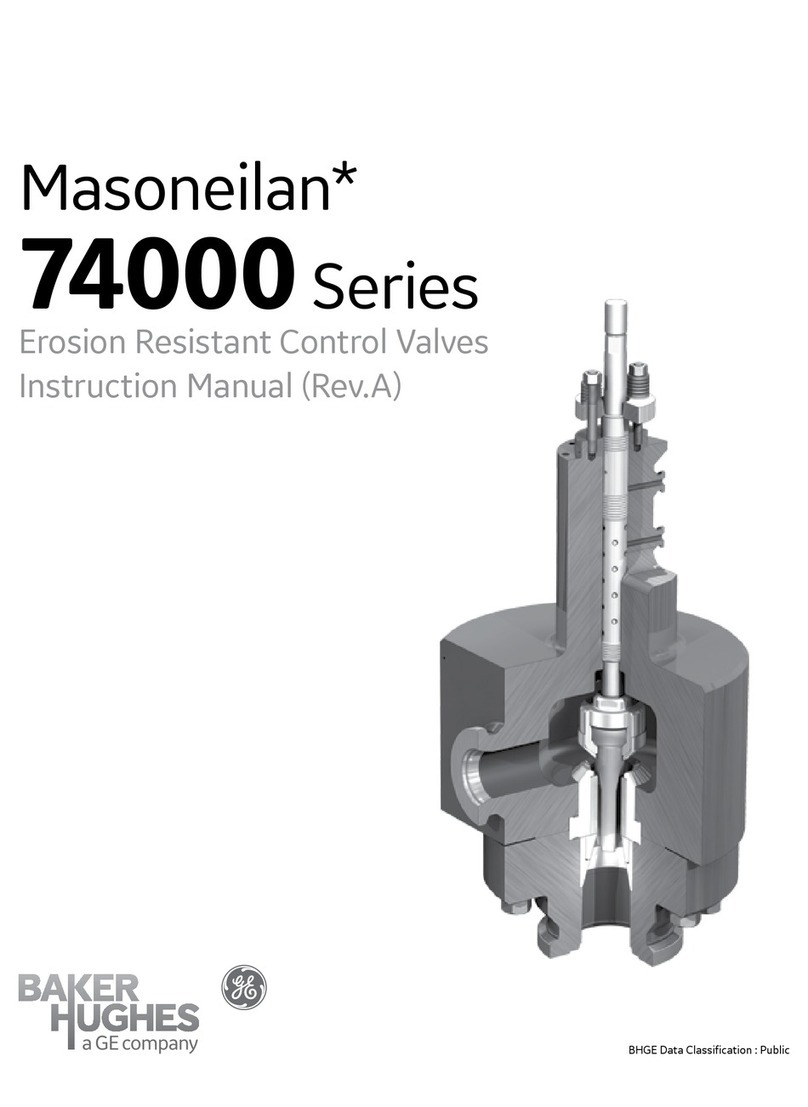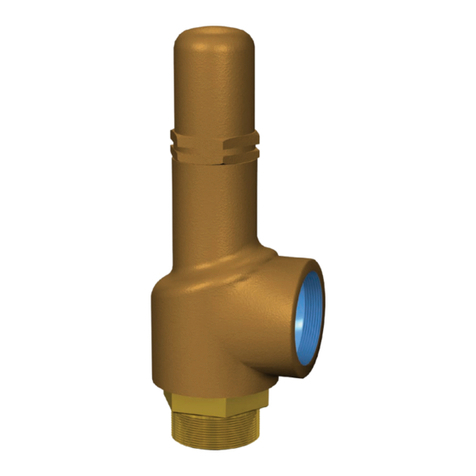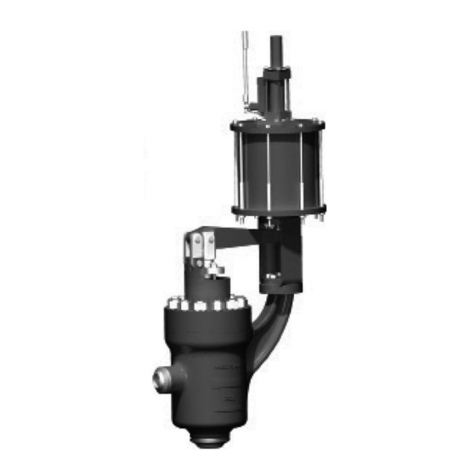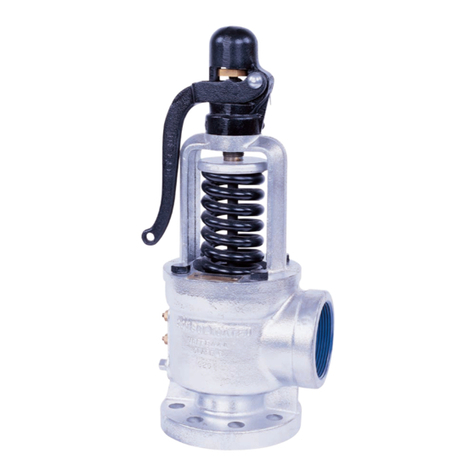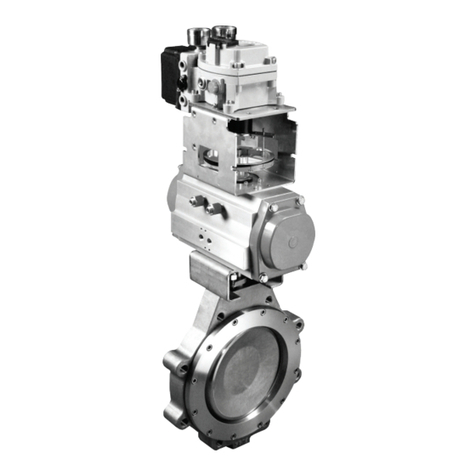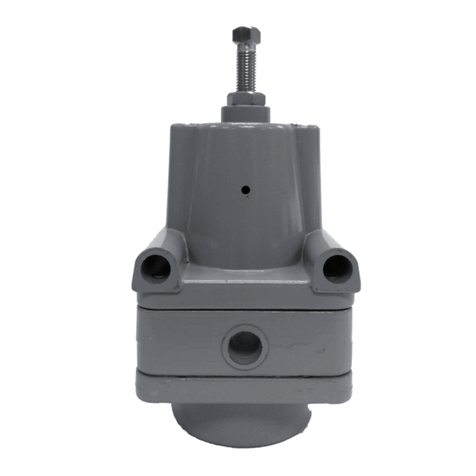
XVI. Disassembly of 4900 Series Pilot Valve ................................37
A. 49PV07 and 49PV37 ............................................................37
B. 49MV07 ......................................................................41
C. 49MV22/72 .................................................................. 45
D. Cleaning ..................................................................... 50
XVII. Inspection and Part Replacement of Pilot Valve .........................51
A. 49PV07/37 ....................................................................51
B. 49MV07 ......................................................................51
C. 49MV22/72 .................................................................. 52
XVIII. Reassembly of 4900 Series Pilot Valve .................................53
A. Lubricants and Sealants ........................................................ 53
B. Assembly of 49PV07/37......................................................... 53
C. Assembly of 49MV07 ........................................................... 56
D. Assembly of 49MV22/72 ........................................................ 60
XIX. Setting and Testing .................................................63
A. Pilot Valve Testing ............................................................. 63
B. Pilot Valve Test Stand .......................................................... 63
C. Pilot Valve Test Procedure ....................................................... 63
D. Pilot/Main Valve Assembly Testing ................................................ 66
D.1 49PV07/37 ................................................................ 66
D.2 49MV07, 49MV22 and 49MV72 ............................................... 66
D.3 Reasons for failure: ......................................................... 67
E. Troubleshooting Leakage........................................................ 67
F. Field Testing of POSRV Assembly. . . . . . . . . . . . . . . . . . . . . . . . . . . . . . . . . . . . . . . . . . . . . . . . . 69
F.1 Field Test Connection........................................................ 69
F.2 Pilot Valve Tester ........................................................... 69
G. Hydrostatic Testing and Gagging .................................................. 69
XX. Trouble Shooting ...................................................70
XXI. 4900 Series POSRV Options. . . . . . . . . . . . . . . . . . . . . . . . . . . . . . . . . . . . . . . . . . 71
A. BackowPreventer .............................................................71
B. Field Test Connection ...........................................................71
C. Filter (High Capacity) ........................................................... 72
D. Gag ........................................................................ 72
E. Lifting Lever .................................................................. 72
F. Manual,ElectricalorPneumaticBlowdownValve ..................................... 72
G. Pilot Valve Tester .............................................................. 73
H. PressureDierentialSwitch...................................................... 73
I. Remote Sensing............................................................... 73
XXII. Maintenance Tools and Supplies ......................................74
A. Adjuster Top Seal Insertion Tool ...................................................74
B. Insert Installation Tool ...........................................................75
C. Main Valve Nozzle Wrench .......................................................76
XXIII. Replacement Parts Planning .........................................77
A. Basic Guidelines .............................................................. 77
B. IdenticationandOrderingEssentials .............................................. 77
C. PositiveIdenticationofMainValveandPilotValveCombinations.........................78
XXIV. Genuine Consolidated Parts .........................................78
XXV. Recommended Spare Parts ..........................................79
XXVI.Field Service, Repair and Training Program .............................82
A. Field Service ................................................................. 82
B. Factory Repair Facilities......................................................... 82
C. Safety Valve Maintenance Training ................................................ 82
6 | Baker Hughes © 2020 Baker Hughes Company. All rights reserved.
